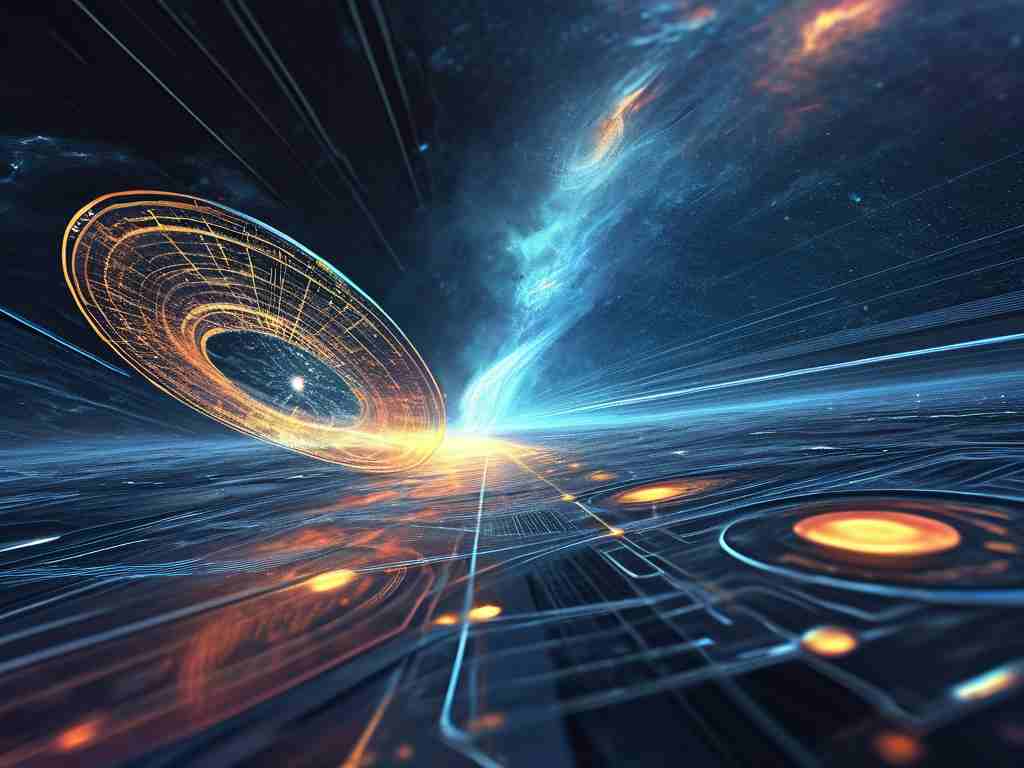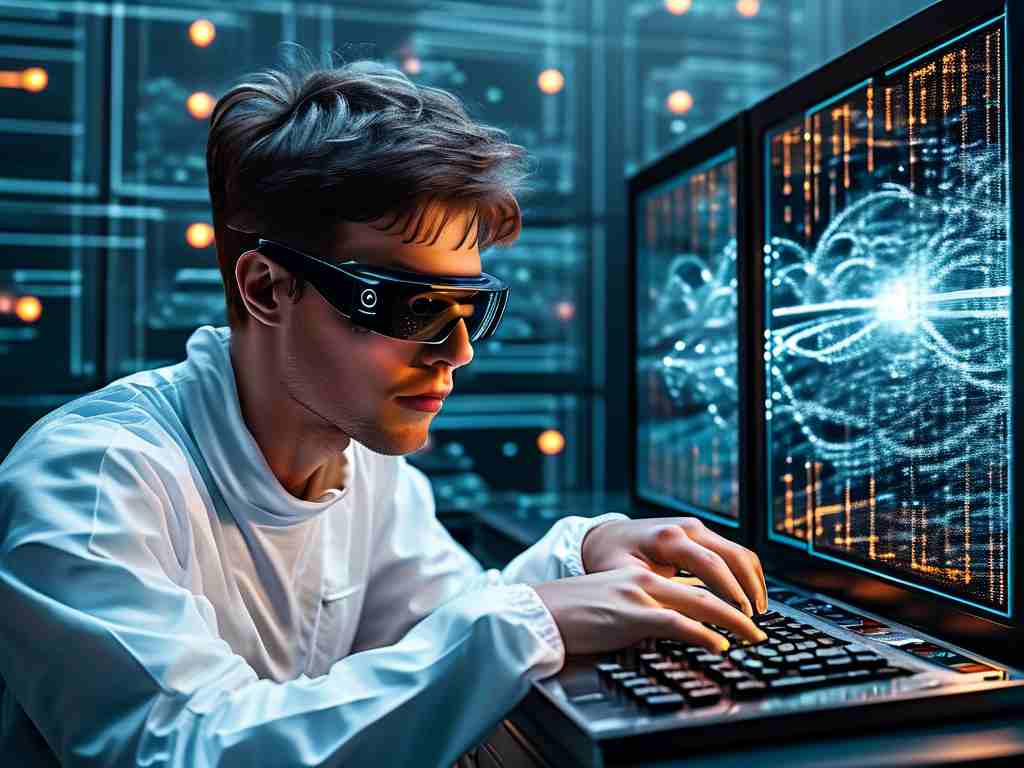Quantum information technology has become a buzzword in scientific and industrial circles, yet confusion persists about its boundaries. This article clarifies which technologies and concepts fall outside its scope while exploring common misconceptions.

Classical Computing Systems
Traditional binary computing architectures fundamentally differ from quantum systems. Classical computers rely on bits representing 0 or 1, executing operations through deterministic logic gates. While quantum-inspired algorithms may run on classical hardware, the physical implementation remains rooted in silicon-based transistors and von Neumann architecture. Major semiconductor manufacturers continue advancing classical chip designs without requiring quantum principles.
Conventional Cryptography Standards
RSA and AES encryption protocols operate through mathematical complexity rather than quantum mechanical phenomena. These algorithms depend on the computational difficulty of factoring large primes or solving discrete logarithm problems. Though quantum computers threaten their long-term security, the cryptographic frameworks themselves don’t utilize superposition or entanglement. Post-quantum cryptography research focuses on developing classical algorithms resistant to quantum attacks rather than adopting quantum methods.
Optical Fiber Communication Infrastructure
While quantum key distribution (QKD) uses fiber networks for transmitting photons, the physical cabling and signal amplification technologies predate quantum information science. Erbium-doped fiber amplifiers and wavelength-division multiplexing belong to classical photonics engineering. Quantum communication layers add specialized protocols but don’t alter the fundamental infrastructure.
Artificial Intelligence Neural Networks
Machine learning frameworks like deep neural networks primarily leverage statistical pattern recognition and gradient-based optimization. Though quantum machine learning emerges as a hybrid field, mainstream AI tools (TensorFlow, PyTorch) operate through classical matrix operations. The training processes for large language models involve classical parallel computing rather than qubit manipulation.
Semiconductor Manufacturing Processes
CMOS fabrication techniques for creating microchips follow classical physics principles. Photolithography, ion implantation, and chemical mechanical planarization processes don’t require quantum coherence control. While quantum dots find applications in display technologies, their implementation in consumer electronics differs fundamentally from topological qubit designs.
Blockchain Consensus Mechanisms
Proof-of-work and proof-of-stake protocols in blockchain networks rely on classical computational puzzles and economic incentives. Cryptocurrency mining operations utilize application-specific integrated circuits (ASICs) designed for classical hash computations. Quantum resistance in blockchain refers to algorithmic upgrades rather than adopting quantum components.
Radio Frequency Identification (RFID)
RFID tags and readers operate through electromagnetic induction at radio frequencies. The technology depends on classical antenna design and signal modulation techniques. While quantum sensors might enhance detection sensitivity in future iterations, current RFID implementations remain firmly in the classical domain.
Medical Imaging Technologies
X-ray machines, MRI scanners, and ultrasound devices function through classical physical interactions. MRI relies on nuclear magnetic resonance—a quantum phenomenon—but its implementation uses statistical ensemble measurements rather than quantum state manipulation. The image reconstruction algorithms employ Fourier transforms and classical signal processing.
Industrial Control Systems
Programmable logic controllers (PLCs) and supervisory control systems in manufacturing plants execute deterministic Boolean logic. These systems prioritize reliability and real-time operation through classical feedback loops, contrasting with quantum computing’s probabilistic nature. Even advanced predictive maintenance algorithms use classical time-series analysis.
Space Exploration Hardware
Rocket guidance systems and satellite communication payloads predominantly use radiation-hardened classical processors. The James Webb Space Telescope’s infrared sensors employ classical photodetection principles, while deep-space navigation relies on relativistic physics calculations rather than quantum gravitational models.
Financial Trading Platforms
High-frequency trading algorithms optimize latency and throughput using classical distributed systems. While quantum computing may eventually optimize portfolio management, current algorithmic trading platforms process market data through classical statistical arbitrage models without quantum components.
Traditional Radar Systems
Doppler radar and phased array technologies depend on classical electromagnetic wave propagation. Signal processing techniques like pulse compression and moving target indication use Fourier analysis rather than quantum-enhanced detection methods. Emerging quantum radar prototypes remain experimental and distinct from conventional systems.
Understanding the boundaries of quantum information technology helps allocate research resources effectively. Fields like classical cryptography, semiconductor engineering, and AI development continue advancing independently while occasionally intersecting with quantum advancements. Recognizing these distinctions prevents technological hype while fostering meaningful interdisciplinary collaborations where quantum solutions offer genuine advantages.









